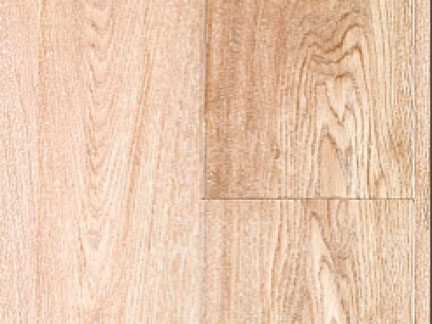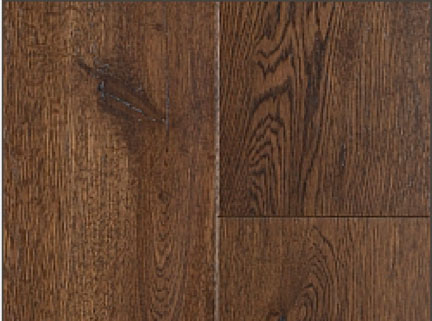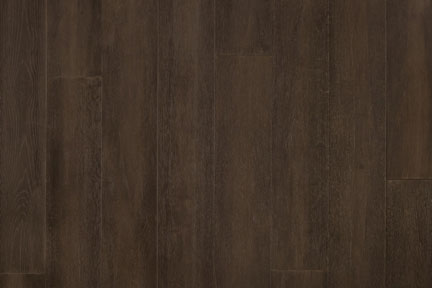With so many variations of wood for hardwood floors, you can get a natural wood that has the exact color you want. However, there’s more to your wood flooring than color. Just because you love the natural color, doesn’t mean that the wood is going to love your home. Let’s look at when you should, and when you shouldn’t stain your wood floors.
Staining wood floors
Wood is a gorgeous, natural material with so much personality that staining is not necessary. Part of having wood floors is to celebrate its natural beauty, warmth, richness, and comfort. Keeping the wood natural has several benefits.
Benefits of natural wood flooring
Light, unstained wood is more forgiving to dirt, dust, and scratches. Most of our domestic wood, like oak, is light and creamy in its natural state, which also helps to enhance the light in your home. For a home with kids, pets, and the occasional high heeled shoe, keeping your floors natural will be much more forgiving.

Reduce installation time
Staining your floors will take extra time, so if you’re looking to get your floors as quickly as possible, choosing natural wood will reduce the installation time. The stain will require an extra few days to be applied and allowed to dry. If you rush the process, the final floor finish will not bond to the wood and could leave your floors vulnerable.
Benefits of staining wood floors
There are times where staining the wood is necessary. The trend towards dark chocolate hardwood floors will sometimes require a stain. Most wood that is naturally dark in color is exotic woods. Not only are exotic woods often more expensive, but they sometimes are more temperamental in our climate than domestic species, like oak. Sometimes choosing the type of wood that is best suited for your climate and conditions is better than going with the species that has the desired color. In this case, staining is necessary to both meet your price point, wood temperament, and desired color.
Subtle stain
You can also choose a more subtle stain that will accentuate the natural tones of the wood. For wood that has a lot of variation from board to board, a “barely there” stain can help pull it all together.
DIY staining
There is a misconception that staining your floors is an easy way to get a uniform and cohesive color for the entire floor plan. However, staining requires some skill and is best left to the professionals. Not every wood will take the stain as well, so you need to talk to a wood flooring expert before choosing wood that you intend to stain. If you are going to stain your floors, make sure that you know how to get a smooth, even layer of stain on every board. Otherwise, you’re going to end up with a splotchy and unevenly stained floor.
Visit our wood flooring showroom for inspiration and advice
Stop by our wood flooring showrooms in Denver and Evergreen to talk to a wood flooring expert. We’re one of the largest wood flooring retailers in the Front Range. Come check out each type of wood flooring for yourself, and get unbiased advice from an expert.

